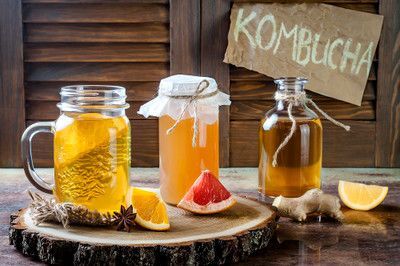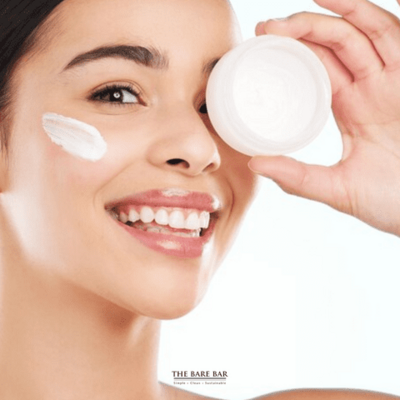VITAMIN D plays a role in maintaining normal bones and teeth by helping absorb calcium.
There are two forms of vitamin D: Ergocalciferol (vitamin D2) and choleocalciferol (vitamin D3). Plant-based foods like mushrooms are rich in vitamin D2 as they have a substance in them called ergosterol. This allows mushrooms to naturally make vitamin D2 (ergocalciferol) when they are exposed to light. This is similar process in people as we contain cholesterol which enables us to make vitamin D3 (choleocalciferol) when exposed to sunlight. This process happens between April to September on the island of Ireland by enabling sun contact on to our arms and legs with no sunscreen on. The advice is around 15-20 minutes mid-afternoon sun with no sunscreen on, but above and beyond this, most definitely wear sunscreen.
So, what form of vitamin D is the most effective? Vitamin D3 is slightly more effective than vitamin D2, but vitamin D2 can raise levels in the body too and shouldn’t be disregarded.
The end of the vitamin D3 sun producing season is nearing and it’s advised every adult where we live take a supplement containing 10ug between September and April.
Consuming too much vitamin D, though, can lead to toxic effects in the body called hypercalcaemia, which can actually weaken bones as well as damage the kidneys and heart. The recommended upper safe level for adults is 100ug per day – not that you need that much. If you bought a supplement containing this large amount it would only require you to take it once every ten days. This is because vitamin D stores in the body and will average itself out. This will also save you money in the long term by strategically planning your supplemental intakes.
Lee McCusker (BA; MSc; MSc; MSc; ANutr; SENr) is a registered nutritionist from Belfast and can be found on Facebook, Instagram and Twitter. Email: attentivenutrition
@gmail.com








